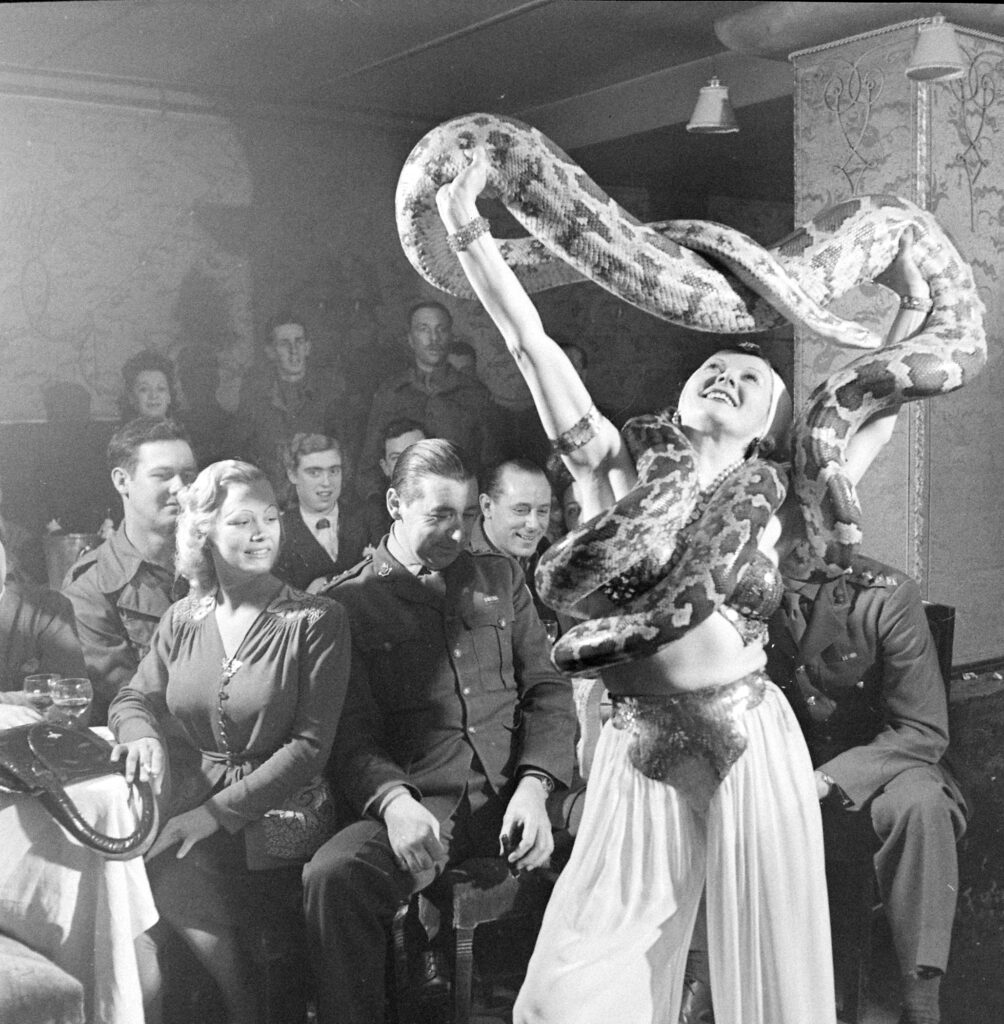Written By: Bill Syken
The idea that we would all be flying around with jet packs one day has enough cultural currency that a Scottish indie rock band could call itself We Were Promised Jet Packs with no further explanation needed. It’s a shorthand way of saying that the future we now inhabit isn’t what we once imagined it would be.
But was there ever actually a promise about jet packs in the first place?
The idea of a jet pack was first hatched in 1919, about sixteen years after the first flight of the Orville Brothers, when a Russian inventor drew up a design that was never actually built. The idea then progressed in fits and starts, inching closer to a working prototype around 1960.
That prototype, known as the Rocket Belt, was presented to readers of LIFE in its June 18, 1961 issue, when a picture by Ed Clark showed Harold Graham making the first public untethered flight. The sight of a man soaring through the air was more than enough to capture the imagination—though the text might have kept expectations closer to Earth. The caption explained that the Graham could not go up very high, move all that fast or stay airborne for very long:
At an altitude of 15 feet, a ground speed of 10 knots, Bell Engineer Harold Graham flew gently above a track without benefit of airplane. Graham was strapped to a hydrogen-peroxide-fueled rocket which will keep a man up half a minute through its jets of invisible steam. The Army, which financed it, hopes it will someday make foot soldiers all look like Buck Rogers.
The last line of that text is, in retrospect, revealing. The Army funded the development of jet packs for a specific military use, rather than public consumption. You could argue that we were never really promised jet packs.
But pictures can make promises more powerful than words, and the sight of Graham in midair would be enough to ignite jetpack dreams—and not unreasonably. Technology tends to improve exponentially, after all. The first computers took up entire rooms, and now devices that are more powerful slip easily into our pockets. So if in 1961 Harold Graham was going aloft for 30 seconds, shouldn’t it mean that in a few decades people would be jet-packing themselves from, say, New York City to the Hamptons?
But the jet packs have proved to be a stubborn exception. The reports on their continuing development, while full of enthusiasm, still talk about the packs as having niche uses for the military and for rescue workers. The reason that jet packs still don’t make sense for everyday consumers is the weight of the fuel. The amount needed to sustain a trip of more than a couple minutes would prevent it from ever getting off the ground.
For now. But who knows, maybe one day….

Bell engineer Harold Graham demonstrating the Rocket Belt jet pack at Ft. Bragg, 1961.
Ed Clark/Life Picture Collection/Shutterstock

Bell engineer Harold Graham demonstrating the Rocket Belt jet pack at Ft. Bragg, 1961.
Ed Clark/Life Picture Collection/Shutterstock

Bell engineer Harold Graham demonstrating the Rocket Belt jet pack at Ft. Bragg, 1961.
Ed Clark/Life Picture Collection/Shutterstock

Bell engineer Harold Graham demonstrating the Rocket Belt jet pack at Ft. Bragg, 1961.
Ed Clark/Life Picture Collection/Shutterstock

Bell engineer Harold Graham demonstrating the Rocket Belt jet pack at Ft. Bragg, 1961.
Ed Clark/Life Picture Collection/Shutterstock

Bell engineer Harold Graham demonstrating the Rocket Belt jet pack at Ft. Bragg, 1961.
Ed Clark/Life Picture Collection/Shutterstock

Bell engineer Harold Graham demonstrating the Rocket Belt jet pack at Ft. Bragg, 1961.
Ed Clark/Life Picture Collection/Shutterstock

Bell engineer Harold Graham demonstrating the Rocket Belt jet pack at Ft. Bragg, 1961.
Ed Clark/Life Picture Collection/Shutterstock

Bell engineer Harold Graham demonstrating the Rocket Belt jet pack at Ft. Bragg, 1961.
Ed Clark/Life Picture Collection/Shutterstock

















